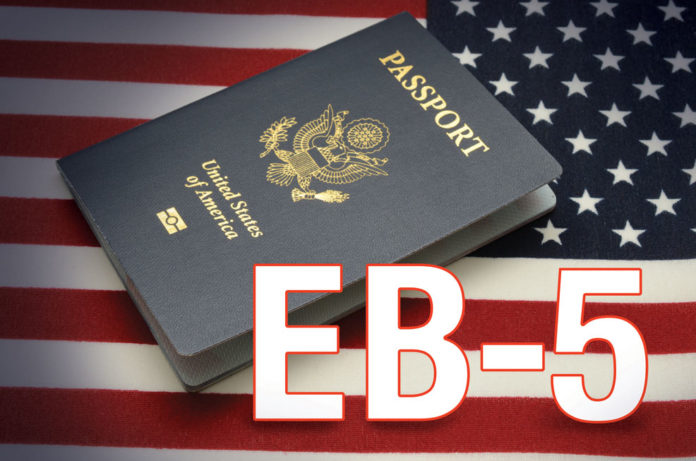United State Citizenship and Immigration Services (USCIS) published a final rule on July 24 with tremendous changes for investors to get citizenship under the EB-5 Immigrant Investor Program.
The first significant revision of the program’s regulations since 1993. The final rule will become effective on Nov. 21, 2019.
The final rule in New developments are :
- Raising the minimum investment amounts;
- Revising the standards for certain targeted employment area (TEA) designations;
- Giving the agency responsible for directly managing TEA designations;
- Clarifying USCIS procedures for the removal of conditions on permanent residence; and
- Allowing EB-5 petitioners to retain their priority date under certain circumstances.
Under the EB-5 program, individuals are eligible to apply for conditional lawful permanent residence in the United States if they make the necessary investment in a commercial enterprise in the United States to create /preserve 10 permanent full-time jobs for qualified U.S. workers.
“Almost three decades back, Congress created the EB-5 program to benefit U.S. workers and develop the economy by providing an incentive for foreign capital investment in the United States.
USCIS Acting Director Ken Cuccinelli said “Since its inception, the EB-5 program has drifted away from Congress’s intent. Our reforms increase the investment level to account for inflation over the past three decades and substantially restrict the possibility of gerrymandering to ensure that the reduced investment amount is reserved for rural and high-unemployment areas most in need. This final rule strengthens the EB-5 program by returning it to its Congressional intent.”
Major changes in EB-5:
- The minimum investment amounts are raising with the effective date of the final rule and the standard of minimum investment level will increase from $1 million to $1.8 million.
It is the first increase since 1990, to account for inflation. The rule also keeps 50% of minimum investment differential between a TEA and a non-TEA, thereby increasing the minimum investment amount in a TEA from $500,000 to $900,000. The final rule also provides that the minimum investment amounts will automatically adjust for inflation every five years.
- TEA designation reforms: The final rule outlines changes to the EB-5 program to address gerrymandering of high-unemployment areas. Gerrymandering of such areas was typically accomplished by combining a series of census tracts to link a prosperous project location to a distressed community to obtain the qualifying average unemployment rate. As of the effective date of the final rule, DHS will eliminate a state’s ability to designate certain geographic and political subdivisions as high-unemployment areas; instead, DHS would make such designations directly based on revised requirements in the regulation limiting the composition of census tract-based TEAs. These revisions will help ensure TEA designations are done fairly and consistently, and more closely adhere to congressional intent to direct investment to areas most in need.
- Clarifying USCIS procedures for removing conditions on the permanent residence: The rule revises regulations to make clear that certain derivative family members who are lawful permanent residents must independently file to remove conditions on their permanent residence. The requirement would not apply to those family members who were included in a principal investor’s petition to remove conditions. The rule improves the adjudication process for removing conditions by providing flexibility in interview locations and to adopt the current USCIS process for issuing Green Cards.The rule offers greater flexibility to immigrant investors who have a previously approved EB-5 immigrant petition. When they need to file a new EB-5 petition, they generally now will be able to retain the priority date of the previously approved petition, subject to certain exceptions. www.masseylaw.in
If you love to make US as your second home contact@masselaw.in





















